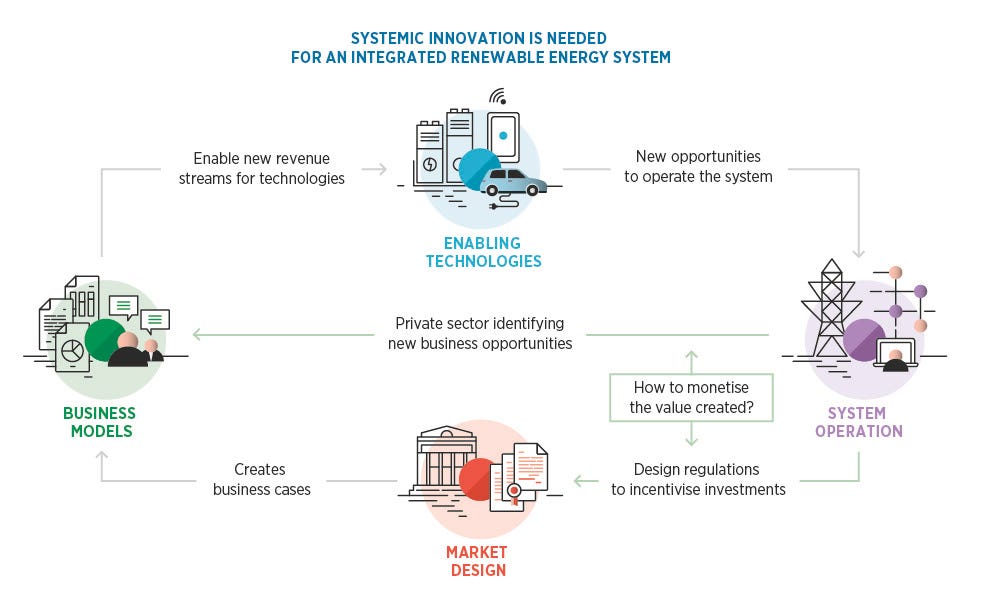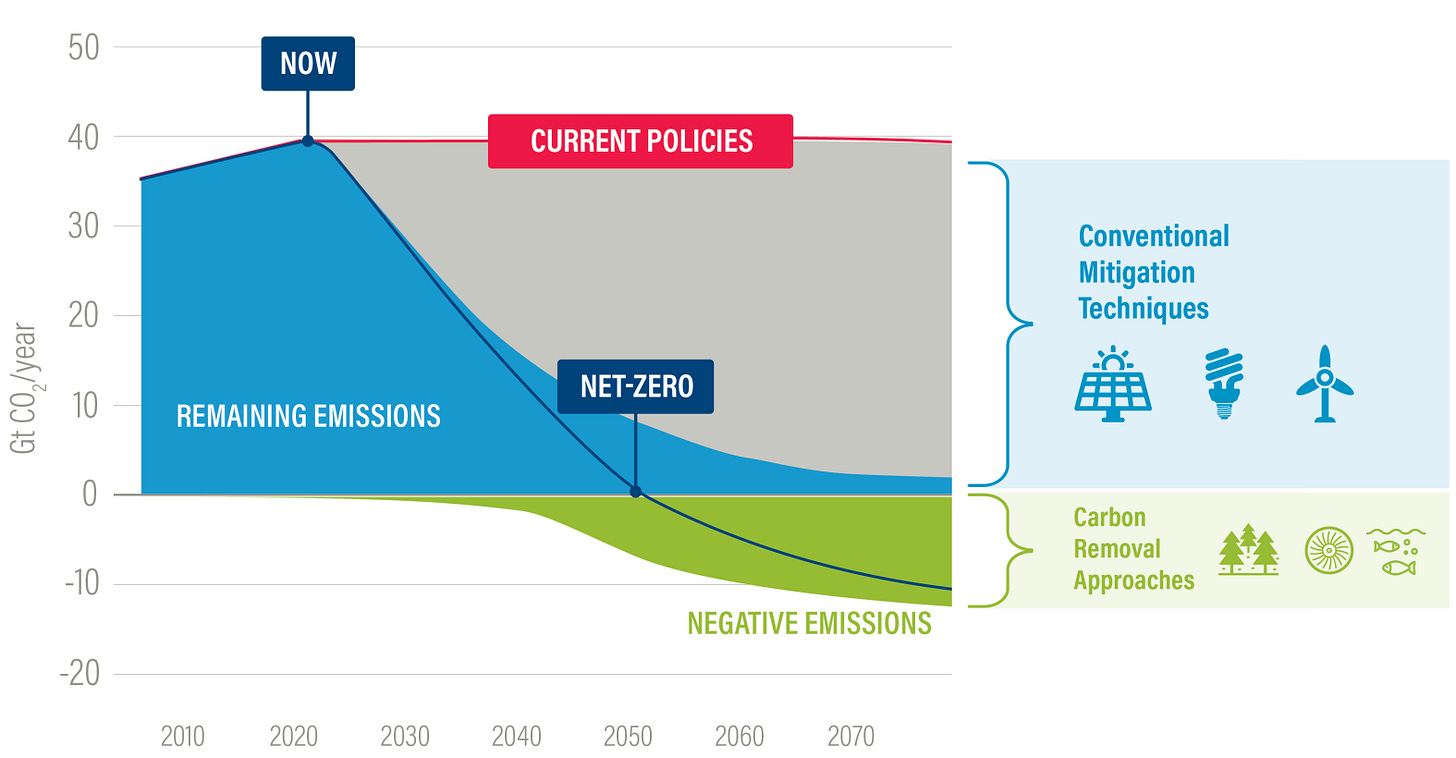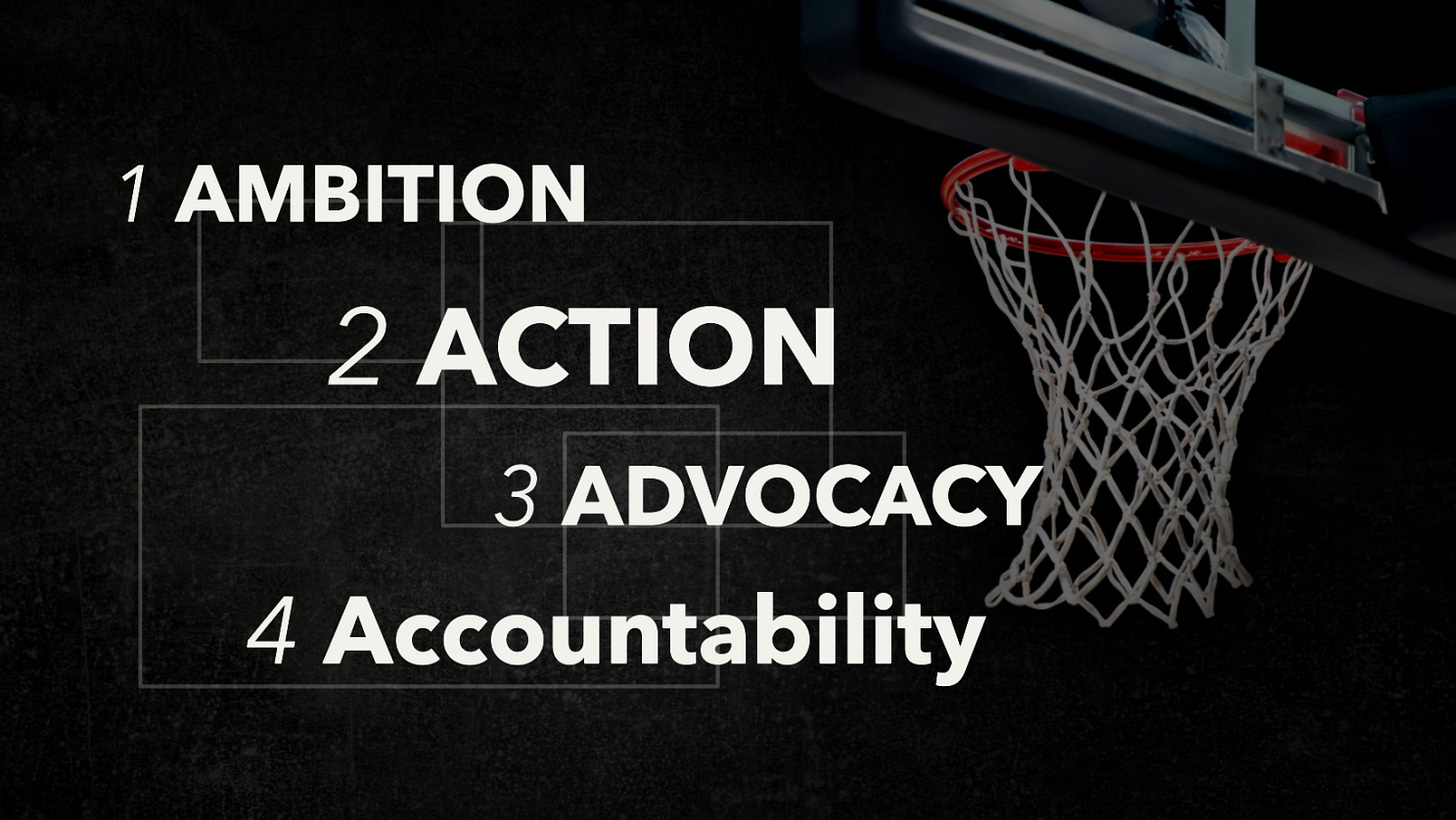Unlocking Net Zero - Strategies for Organizations and NextGen Innovations
Perspectives, Strategies for Organizations, and NextGen Innovations
Currently, there are slightly over 4000 companies with approved net zero targets and/or commitments, following data from the Science-Based Target Initiative (SBTi). When looking at the total number of companies in existence today, it becomes clear that the net zero journey is still in its infancy for the vast majority, and many of these companies don't even know where to start.
In response to this challenge, I have curated a guide with actionable insights, tailored for leaders and professionals alike. This guide will provide you with the essentials and tools necessary to strategize and structure your journey toward a sustainable future. The guide includes:
Illuminating facts about net zero and how it works
The 4As of net zero strategy: What your organization can do
Embracing systemic innovation in the power system
What else can be done to reach net zero faster
Concluding thoughts
The Earth is already about 1.1°C warmer
The science is clear: If we want to avert the worst impacts of climate change and preserve a livable planet, we must limit the global temperature rise to 1.5°C above pre-industrial levels.
The question remains, HOW can we achieve net zero by 2050?
Before answering this question, let's first delve deeper into net zero and understand what it means and how it works. If you are solely interested in the HOW aspect, you can skip to the strategy section "The 4As of net zero strategy".
What is net zero and how it works?
The United Nations defines net zero as the process of reducing greenhouse gas emissions (GHG) as close to zero as possible and offsetting any remaining emissions through natural or technological means, such as re-absorption by oceans and forests.
At its core, net zero refers to the balance between the amount of GHG emissions produced and the amount removed from the atmosphere.
Net zero and other terms
Some get confused with other terms that are similar and related to net zero emissions, including carbon neutrality, climate neutrality, and net negative emissions.
Carbon neutrality or net zero carbon emissions are similar terms, but are narrower in scope: they only address the addition and removal of CO2 from the atmosphere. However, true net zero emissions must also consider other greenhouse gases (GHGs) including methane, nitrous oxide, and fluorinated gases.
Climate neutrality is an even broader term that considers everything humans do that might influence the climate. For instance, human activities that reduce snow cover would not be “climate neutral,” even if they emit no GHG at all.
Net negative emissions represent a goal that surpasses net zero: actively removing more greenhouse gases from the atmosphere than what is emitted.
How does it work in practice?
To understand how net zero works in practice, I added the below example from MIT. The example illustrates the process of achieving net zero emissions from activities like energy, transport, and waste.
The 4As of net zero strategy—and what your organization can do!
In a recent Harvard Business Review article, Maria Mendiluce, CEO of We Mean Business, introduces the "4As" strategy of net zero and climate leadership.
The framework offers actionable insights and guidance for what companies must do to deliver on net zero commitments and avoid accusations of greenwashing. The 4As strategy includes four key elements:
1) Ambition
Has the company set the right decarbonization targets?
Companies are urged to set decarbonization goals based on scientific standards. These targets should include short-term goals for rapid emissions reductions across value chains.
Ideally, this means setting decarbonization goals for 2030 and 2050. Some companies, like PepsiCo, Scania, and JLL, are aiming for net-zero emissions by 2040, a decade ahead of the Paris Agreement's goal.
The below chart shows the annual cumulative number of companies with approved targets and commitments from the Science-Based Target Initiative (SBTi).

Following the OECD, there are approximately 41,000 listed companies in the world with a combined market value of more than USD 80 trillion. This is equivalent to the global GDP.
Unfortunately, we currently lack specific data regarding the number of these companies that have officially adopted sustainability targets and commitments recognized by SBTi. However, it's evident that we are only at the nascent stages of this transformative journey
Additionally, companies need to rethink their use of carbon offsets as controversies are growing around the current practice. Therefore, it's crucial to use high-quality offsets that genuinely help reduce emissions, rather than using them as a delay tactic.
2) Action
Is your company prioritizing the most impactful climate actions?
This involves the integration of climate-related goals, risks, and opportunities into your core business strategy, including innovation, investment, procurement, and recruitment policies.
Collaboration is key too, like when Volvo, Daimler, and Traton partnered to install green energy charging stations. Additionally, companies should intensify collaborative initiatives with suppliers in their value chains to address emissions hot spots.
3) Advocacy
Is your company’s lobbying in line with your climate goals?
Speak up for climate action! Companies need to advocate for regulations and businesses that promote sustainability and climate actions. In other words, your public statements and lobbying efforts should match your climate goals.
This also includes leaving trade groups and organizations that do not align with climate objectives.
4) Accountability
Is your company’s sustainability reporting clear and transparent?
Companies are required to maintain clear and transparent sustainability reporting. This helps inform stakeholders, including investors, customers, shareholders, and employees, build trust, and respond to market demands.
Effective ESG (Environmental, Social, Governance) reporting is key to attracting investment in low-carbon products and industries.
Embracing systemic innovation in the power system
Setting ambitions is a creative process that involves stakeholder dialogue, materiality, and most importantly technology assessment. There are many possible paths to achieve net zero emissions by 2050 and there are many uncertainties that could affect each one of them. Regardless of which path you choose, much depends on the pace of innovation in new and emerging technologies.
Innovation is the engine powering the global energy transformation. The International Renewable Energy Agency (IRENA) has developed the most comprehensive innovation toolbox to implement solutions that increase the flexibility of our power systems.

Why you should care about systemic innovation
Systemic innovation occurs when innovative solutions emerge from matching and maximizing synergies between various innovations across multiple components of the power system.
It enables a high level of flexibility in the power system to integrate a high share of variable renewable generation, and can also enable smart electrification of end-use sectors, such as the mobility sector and the heating and cooling sector.
The analysis done by IRENA also demonstrates that innovations are emerging across four key dimensions of the world’s power systems:
Enabling technologies: Technologies that play a key role in facilitating the integration of renewable energy.
Business models: Innovative models that create the business case for new services, enhancing the system’s flexibility and incentivizing further integration of renewable energy technologies.
Market design: New market structures and changes in the regulatory framework to encourage flexibility and value services needed in a renewable-based power energy system, stimulating new business opportunities.
System operation: Innovative ways of operating the electricity system, allowing the integration of higher shares of variable renewable power generation.
What else can be done to reach net zero faster?
While renewable energy is a crucial part of our journey toward a net zero future, it's important to recognize that it alone won't be fast enough! In fact, so much carbon is embedded in our food and consumer goods.
According to WRAP, a climate action NGO, approximately 45% of global emissions can only be tackled by changing the way we make and consume products and food
One powerful solution lies in transitioning from the linear 'take, make, dispose' industrial model of the last century to a new, circular economy. A circular economy reimagines our relationship with products, resources, and the environment. It entails keeping resources in use for as long as possible, eliminating waste, and maximizing their value. This transformative shift not only reduces our carbon emissions but also fosters economic growth, creates new jobs, and promotes sustainable living.
The circular economy offers a tangible and impactful means to achieve net zero faster. By reducing emissions associated with our consumption habits, we can complement renewable energy efforts and make significant moves toward a sustainable future.
Concluding thoughts
Transitioning to net zero requires a complete transformation of our energy, transportation, and production and consumption systems. This is necessary to avert the worst consequences of climate change. A successful transition can bring a range of co-benefits, such as optimized resource use, cost efficiencies, improved health and well-being, increased energy security, and new job opportunities in clean energy and circular industries.
According to the Energy Transitions Commission, achieving a net zero economy is possible because the key technologies and business solutions necessary are already available to us now or almost within our reach.
A net-zero economy by mid-century is technically and economically feasible
According to IRENA's new report "Renewable Power Generation Costs in 2022", the global weighted average LCOE of new onshore wind projects was 52% lower than the cheapest fossil fuel-fired solutions.
With the cost of renewables falling rapidly generating clean energy is or soon will be cheaper than fossil fuels. Wind and solar are cheaper than fossil fuels globally. Battery technology enables flexible electricity systems and international sharing. Dispatchable options like hydrogen and carbon capture support supply-demand balance. Overall, renewable energy costs will match or beat fossil fuel systems, even with infrastructure investments as renewable energy usage grows, costs will continue to decrease.
References:
https://earthobservatory.nasa.gov/
https://www.irena.org/Energy-Transition/Innovation/Systemic-Innovation
https://hbr.org/2022/11/a-guide-to-achieving-net-zero-emissions
https://sciencebasedtargets.org/resources/files/SBTiMonitoringReport2022.pdf
https://www.wri.org/insights/6-ways-remove-carbon-pollution-sky











Great piece